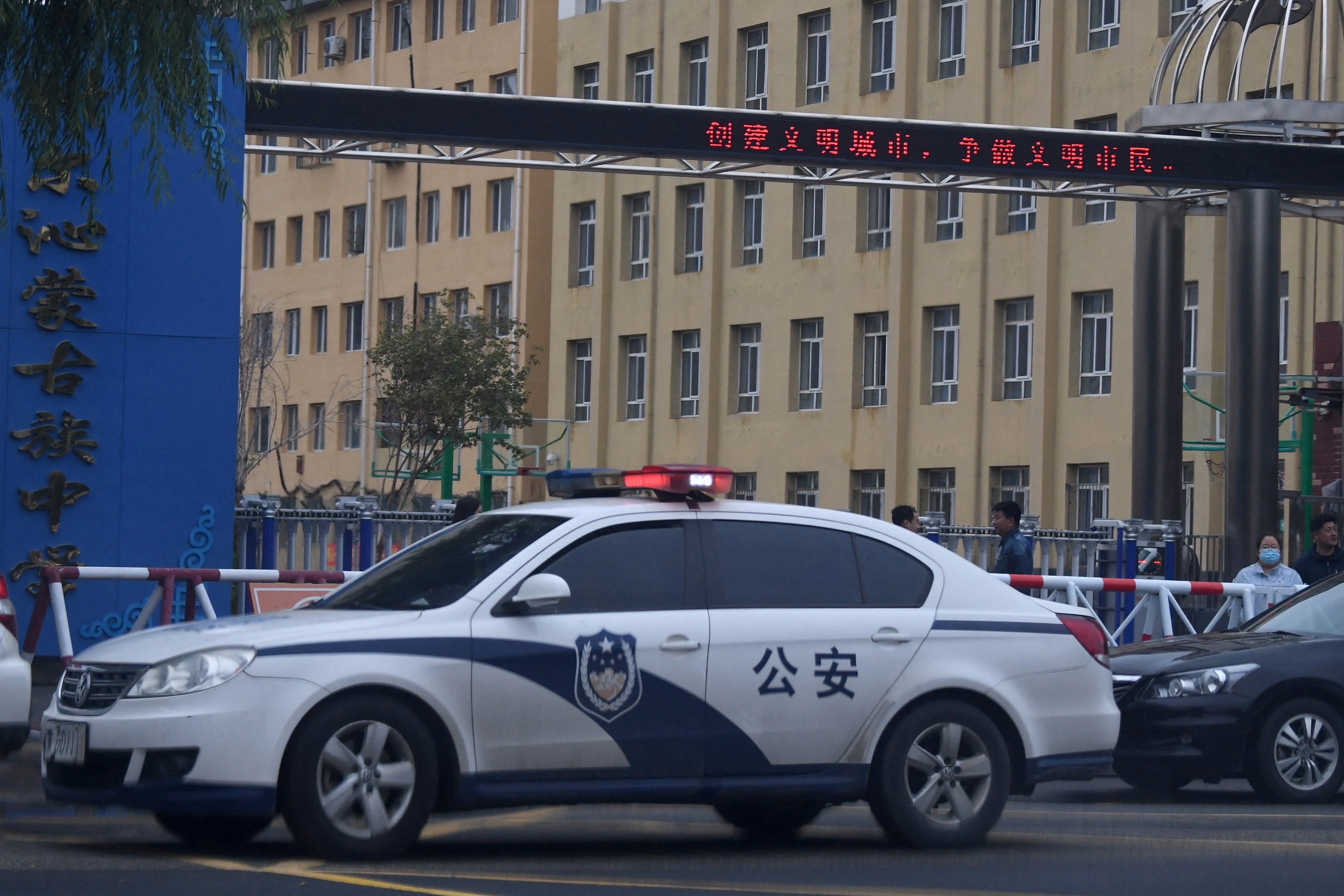A slow-moving cold front is threatening to bring snow to Hawaii on Wednesday morning, the National Weather Service (NWS) warned in an urgent winter weather message.
The storm produced deep moisture over the Big Island overnight on Tuesday, bringing up to 1 inch of snow to the summits of Mauna Loa and Mauna Kea early Wednesday morning. Temperatures at the Mauna Kea Weather Center dropped to the low 20s on Tuesday and are forecast to rise above freezing during the day before plunging again overnight on Wednesday. A winter weather advisory will remain in place for parts of the state until 6 a.m. local time.
"Plan on slippery road conditions. Blowing snow will significantly reduce visibility at times, with periods of zero visibility," the warning said. "A Winter Weather Advisory means that periods of snow, sleet, or freezing rain will cause travel difficulties. Be prepared for slippery roads and limited visibilities and use caution while driving."

Lower-elevation areas faced heavy rain overnight on Tuesday as the cold front moved through.
"Heavy showers should continue for Maui and the Big Island this afternoon and gradually decrease in strength and coverage tonight through tomorrow," the NWS office in Honolulu posted on X, formerly Twitter, on Tuesday. "By tomorrow we should see fewer showers for the Big Island and winds from the west-southwest."
Heavy showers should continue for Maui and the Big Island this afternoon and gradually decrease in strength and coverage tonight through tomorrow. By tomorrow we should see fewer showers for the Big Island and winds from the west-southwest. #hiwx pic.twitter.com/G7tGbul7wt
— NWSHonolulu (@NWSHonolulu) January 9, 2024
The precipitation caused a flood watch to be put in place across the state on Tuesday. The NWS also warned of winds gusting up to 75 mph.
Newsweek reached out to the NWS office in Honolulu by phone for comment.
The urgent weather message in Hawaii comes as most of the United States faces a series of winter storms bringing cold temperatures, harsh winds and strong precipitation.
Snow is not uncommon in Hawaii, and it falls regularly on the state's volcanic peaks given their altitude. Blizzard warnings have even been issued in Hawaii during winter months.
At nearly 14,000 feet above sea level, the Mauna Kea volcano is the tallest peak in Hawaii. It is the world's tallest mountain when measured base to peak, as its base extends nearly 20,000 feet below sea level. The volcano already received 6 inches of snow in late November. Mauna Kea occasionally sees snowfall during the summer months, as well.
"Snow on the Big Island of Hawaii is not all that unusual," AccuWeather meteorologist Reneé Duff previously told Newsweek. "Some of the summits of the volcanos on this island tower over 13,000 feet, including Mauna Kea.
"So, at this elevation, the air can be cold enough during storms for precipitation to fall in the form of snow. The threat for accumulating snow is winding down as the latest storm to move through the region is departing."
Snow rarely falls anywhere in Hawaii with low elevation, even in the winter months.
Uncommon Knowledge
Newsweek is committed to challenging conventional wisdom and finding connections in the search for common ground.
Newsweek is committed to challenging conventional wisdom and finding connections in the search for common ground.
About the writer
Anna Skinner is a Newsweek senior reporter based in Indianapolis. Her focus is reporting on the climate, environment and weather ... Read more





